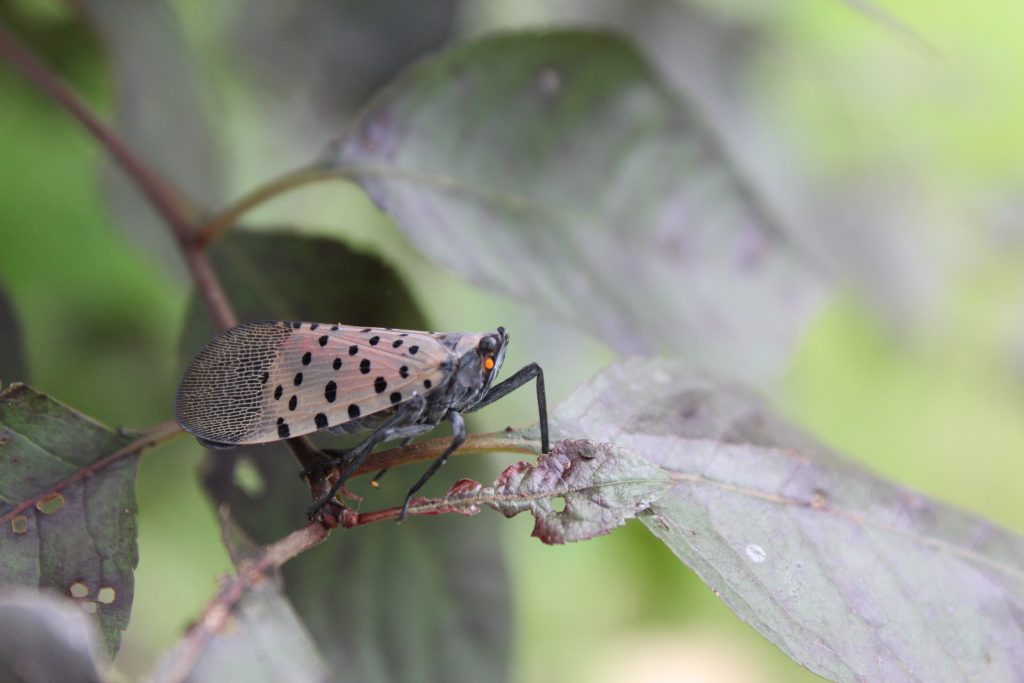Michigan’s invasive species grant funding 5 Southeast Michigan-based projects in 2023
As travel and commerce have increased, so has the spread of invasive species.

A Spotted Lanternfly, one of Michigan's invasive species.
The Michigan Invasive Species Grant Program (MIGSP) provides research grants to reduce the impact of invasive species in the state.
This year, MIGSP has funded $3.6 million for 35 projects, with five being based in Southeast Michigan. The program started in 2014 and is run by the Michigan Department of Natural Resources, Department of Environment, Great Lakes and Energy, and Department of Agriculture and Rural Development.
“In the metro area, we’ve had some unfortunate recent invaders coming in. One of those is the spotted lantern fly, which has spread rather rapidly through parts of the Eastern states,” says Joanne Foreman, communications coordinator of the program. “Another one is the red swamp crayfish, which have been found in several draining ponds. We’ve also found evidence of beech leaf disease in St. Clair, Oakland and Wayne Counties.”
MIGSP projects in Southeast Michigan:
- The Clinton River Watershed Council and Friends of the Rouge, in partnership with the Michigan Department of Natural Resources, will develop and implement an early detection survey targeting Red Swamp Crayfish.
- The Huron-Clinton Metropolitan Authority will survey over 14,000 acres of Kensington, Indian Springs, Stony Creek, and Wolcott Mills Metroparks in search of spotted lantern flies.
- The Monroe Conservation District will create a collaborative outreach campaign in Southeast Michigan to promote the inspection and disinfection of boating equipment to prevent the spread of aquatic invasive species.
- The Detroit River-Western Lake Erie Cooperative Weed Management Area will build coordination between partners with land located along priority coastal wetlands on the Detroit River and West Erie in Monroe and Wayne Counties.
- The Six Rivers Land Conservancy will allow Cooperative Invasive Species Management Areas (CISMA) coordinators to implement goals of the Lake St. Clair CISMA as described in its Invasive Species Strategic Management Plan.
As travel and commerce have increased, so has the spread of invasive species.
“They find their way in on plants, wood materials, crates and shipping containers,” Foreman explains. “The more we trade, the more we invite or open the door for new species to get into Michigan. Sometimes they flourish, sometimes they don’t. But if they do flourish, we have an invasive species on our hands.”
The Michigan Invasive Species Grant Program is working to help keep invasive species in check, but Foreman says individuals can also do their part.
People can report invasive species when they see them — and they can do things like clean hiking gear after being outdoors and clean boats and vehicles before traveling across state lines.
Head to michigan.gov to learn more.
Trusted, accurate, up-to-date.
WDET strives to make our journalism accessible to everyone. As a public media institution, we maintain our journalistic integrity through independent support from readers like you. If you value WDET as your source of news, music and conversation, please make a gift today.
